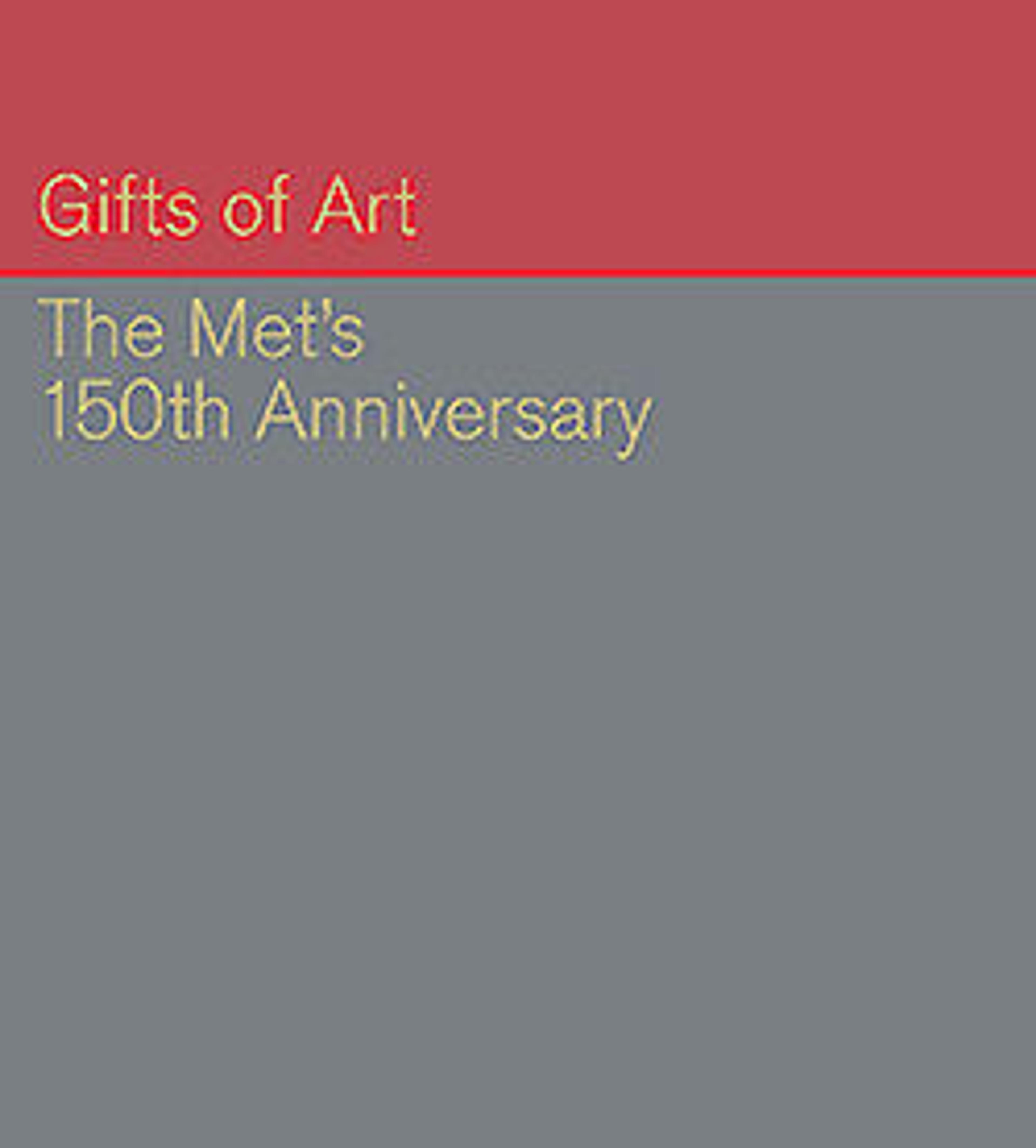An Eruption of Vesuvius
Dahl visited Vesuvius just before Christmas 1820 to witness its eruptions at close-hand. He immediately made an oil sketch (Statens Museum for Kunst, Copenhagen) that served as the basis for the present work, completed four years later for Prince Christian Frederik, later King Christian VIII of Denmark. Vesuvius had attracted artists and Grand Tourists alike since the rediscovery of Pompeii in the mid-eighteenth century, offering a vision of the Sublime that served as a counterpoint to the austerity of Neoclassicism.
Artwork Details
- Title: An Eruption of Vesuvius
- Artist: Johan Christian Dahl (Norwegian, Bergen 1788–1857 Dresden)
- Date: 1824
- Medium: Oil on canvas
- Dimensions: 37 x 54 3/4 in. (94 x 139.1 cm)
- Classification: Paintings
- Credit Line: Gift of Christen Sveaas, in celebration of the Museum's 150th Anniversary, 2019
- Object Number: 2019.167.1
- Curatorial Department: European Paintings
More Artwork
Research Resources
The Met provides unparalleled resources for research and welcomes an international community of students and scholars. The Met's Open Access API is where creators and researchers can connect to the The Met collection. Open Access data and public domain images are available for unrestricted commercial and noncommercial use without permission or fee.
To request images under copyright and other restrictions, please use this Image Request form.
Feedback
We continue to research and examine historical and cultural context for objects in The Met collection. If you have comments or questions about this object record, please contact us using the form below. The Museum looks forward to receiving your comments.
